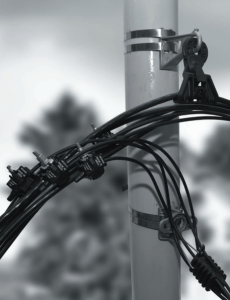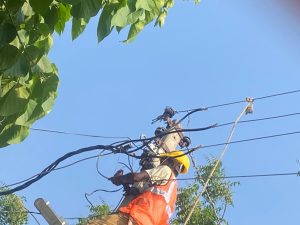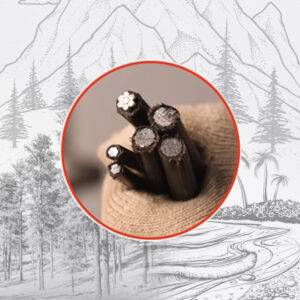Understanding Aerial Bundled Cables (AB Cable)
AB Cable is not merely a cable; it’s a power lifeline. Offering improved safety, higher reliability, and reduced voltage drops compared to traditional overhead lines, its value is clear. However, the installation of AB Cable requires careful attention to detail and precise execution. Let’s explore these best practices.
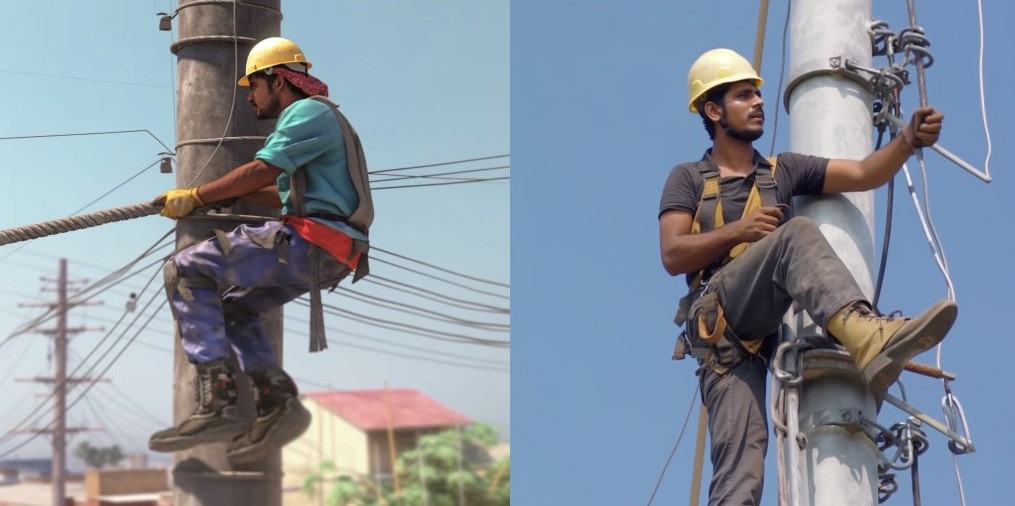
1. Planning and Design
The first step before laying an AB Cable involves meticulous planning and design. Conducting a comprehensive site survey helps assess environmental factors and determine the cable route. It’s also essential to choose the right cable size, configuration, and accessories, all while complying with local codes, regulations, and standards.
2. Cable Preparation
Proper preparation of AB Cable is a critical step that entails inspecting the cables for visible defects or damages. This phase is vital as it helps in identifying the defects. The cable surface should be cleaned of debris, moisture, or contaminants, and appropriate jointing kits, connectors, and protective measures should be employed.
3. Tower and Pole Installation
The stability of an AB Cable is as strong as the towers or poles it’s installed on. Therefore, it’s crucial to ensure the stability, structural integrity, and proper grounding of these structures. The towers should be adequately spaced and positioned to accommodate cable sag and expansion. Secure cable attachment requires the right use of clamps, brackets, and hardware. Watch our video to learn the installation in detail.
4. AB Cable Installation Do’s & Don’ts
Proper installation techniques are paramount to ensure the longevity of the AB Cable system. Here are some key pointers to consider:
-
- Careful handling: AB Cable should be handled with care to avoid kinks, twists, or damage to the insulation. Proper lifting and support mechanisms should be used to prevent excessive bending or stress on the cables.
- Tension control: The tension applied during the stringing or pulling process should be controlled within the manufacturer’s recommended limits. Excessive tension can lead to cable damage or elongation, while insufficient tension can result in sagging or inadequate clearance distances.
- Alignment and sag: It is crucial to maintain proper alignment and sag between the cables. Sag is necessary to accommodate thermal expansion and contraction, as well as to prevent excessive strain on the cable during temperature variations. Sag values should be determined based on cable specifications and environmental conditions.
- Clearance distances: Adequate clearance must be maintained between the cables and any obstacles such as trees, buildings, or other power lines. Clearances should comply with regulatory requirements and safety standards to prevent the risk of short circuits or physical damage.
- Anchoring, Termination, and Strain Relief: Once the AB Cables are strung or pulled into position, proper anchoring, termination, and strain relief techniques are essential for long-term performance and reliability. Key considerations include:
- Anchoring: Anchoring points, such as poles or towers, should provide stable support for the cables. Adequate strength and grounding are necessary to withstand external forces such as wind, ice, or mechanical stress.
- Termination: Proper termination of the cables at various connection points, such as transformers or junction boxes, is critical. This involves securely connecting the conductors and ensuring proper insulation, electrical conductivity, and moisture protection.
- Strain relief: Strain relief measures, such as clamps, brackets, or suspension clamps, should be used to support the weight of the cables and minimize mechanical stress. These devices help prevent excessive tension and maintain the integrity of cable connections.
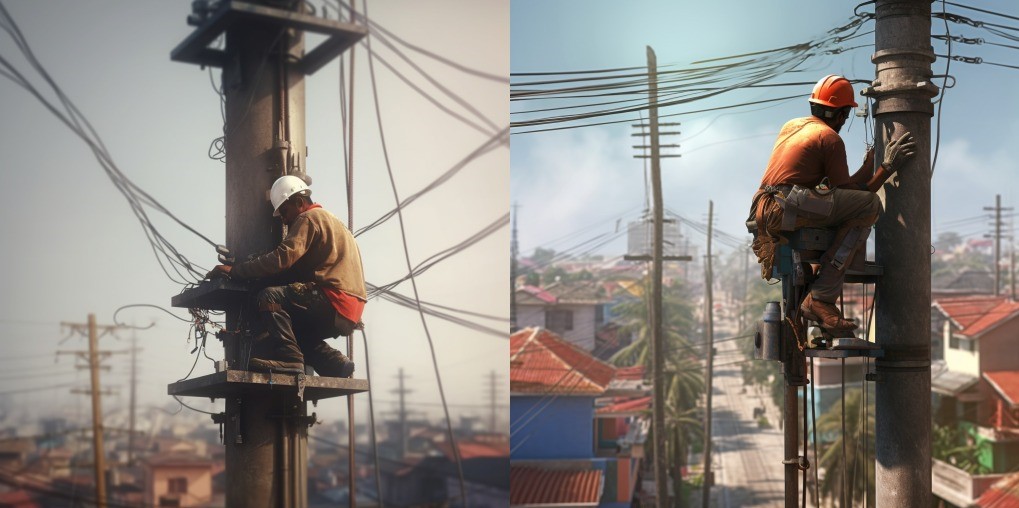
-
- Vibration damping: In areas with high wind or vibration, additional measures like vibration dampers or dampening devices may be required to reduce the impact of vibrations on the cables, ensuring their longevity and minimizing fatigue.
- Cable Winching and Suspension: It is important to note that once the Aerial Bundled Cables (AB Cable) are anchored or suspended from the pole, they should not be subjected to additional pulling or tension. Instead, the recommended practice is to lay the cable along the ground and winch it up simultaneously for suspension. This technique ensures that no excessive load, apart from the weight of the cable itself, is imposed on the suspension clamps.
- Laying along the ground: Before the suspension process, the cable should be carefully laid along the ground in a straight and untwisted manner. This prevents any undue stress or strain on the cable during the winching and suspension stages.
- Simultaneous winching: The cable should be gradually winched up while maintaining even tension along its length. This allows for controlled and uniform elevation of the cable, minimizing the risk of damage or excessive strain on the suspension clamps.
- Load distribution: By winching up the cable gradually and evenly, the weight of the cable is distributed across the entire length. This ensures that no single suspension clamp bears an excessive load, reducing the chances of clamp failure or deformation.
- Avoiding excessive tension: It is crucial to avoid applying excessive tension during the winching and suspension process. Over-tensioning can lead to cable damage, compromised electrical performance, or premature failure. The tension applied should be within the manufacturer’s recommended limits.
By following this practice of laying the cable along the ground and winching it up simultaneously for suspension, while ensuring no additional load comes on suspension clamps, the integrity and performance of the Aerial Bundled Cables (AB Cable) system can be preserved, enhancing its reliability and lifespan.
5. Cable Dressing and Bundling
Cables should be appropriately secured along the route to maintain a neat and organized appearance. Cable ties, straps, or clamps can be used to bundle and fasten cables together, ensuring they are properly spaced and aligned.
Protection from environmental factors is crucial. Adequate protection measures should be implemented to shield the cables from environmental factors such as sunlight, moisture, or extreme temperatures. UV-resistant coatings, weatherproof enclosures, or insulating materials can be employed to safeguard the cables.
Each cable should be clearly labelled or marked to facilitate easy identification during maintenance, troubleshooting, or repair activities. Proper labelling minimizes the risk of confusion and ensures efficient cable management.
6. Safety Measures, Testing, and Quality Control
Ensuring safety and maintaining quality standards is crucial when laying AB Cable. Adhering to safety guidelines, using personal protective equipment (PPE), and implementing risk mitigation procedures are all necessary. Additionally, conducting insulation resistance tests, continuity checks, and voltage withstand tests helps maintain quality control.
7. Maintenance and Repair
Once your AB Cable is installed, it’s essential to keep it in top shape. Regular inspection and cleaning can prevent vegetation interference. Quick identification and rectification of any faults or damages are critical to maintaining the AB Cable’s performance.

Conclusion
The importance of correct practices for laying AB Cable cannot be overstated. By following the guidelines outlined in this blog, you can ensure the efficient installation and deployment of AB Cable, resulting in a power distribution system that stands the test of time. These insights will be an invaluable resource for engineers, technicians, and professionals involved in AB Cable installations.
Thank you for reading the blog, Axis is a leading manufacturer and supplier of Electrical Components to over 80+ Countries. To get a quote or to talk to our industry expert visit our contact us section. You can also watch our videos by our experts – click here.



